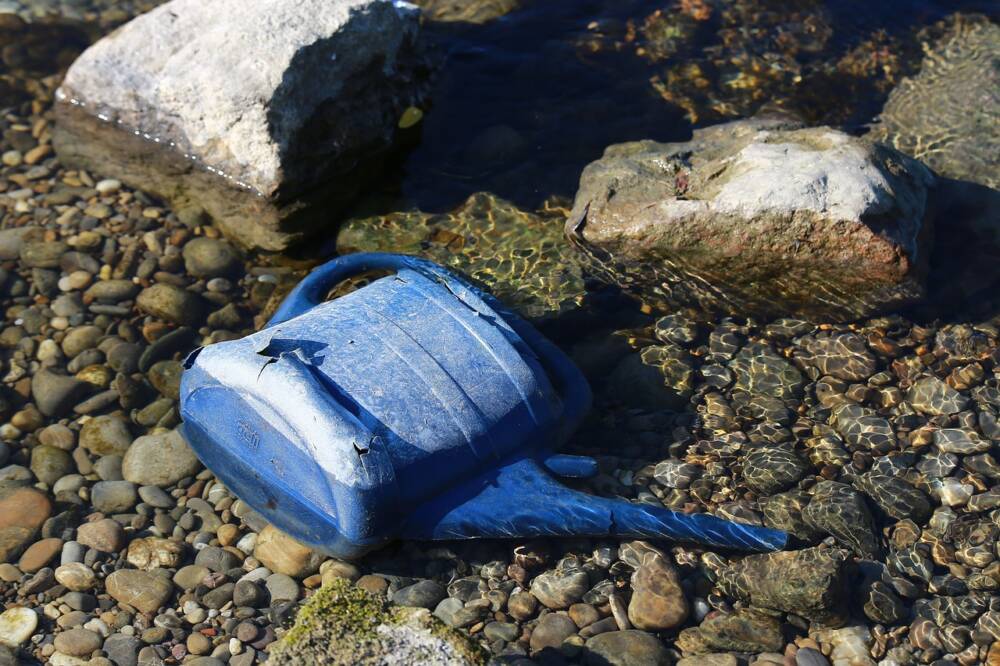is a terrifying example of what happens when serious problems are put off. At the same time, access to the beach area has been significantly limited.
Everyone agrees that something needs to be done about the fjord, but who takes responsibility for what is happening? For now, it seems that short-term special interests continue to prevail, at the expense of both the community and life in the fjord.
Will we have local and national politicians with more vigor in the next term?
Also read: Extreme weather Hans and help from NAV
Governmental action plan for a clean and rich Oslo Fjord includes 63 measures, of which only 13 can be described as new. The question is whether these measures will be enough to save him. For now, the arrows are pointing in the wrong direction and we cannot continue as we are.
Norskfriluftsliv, a large number of local, regional and national organizations that work for nature, outdoor living and climate, have joined forces. All this to work for the lively Oslofjord, providing everyone with opportunities to commune with nature and life in the fresh air.
What they all have in common is that they are impatient and demand immediate political action.
Expensive but necessary
It will be expensive, but if we are to succeed in saving it Oslo fjord, over the next few years we must, among other things, ensure that:
- all treatment plants around the fjord treat at least 85% nitrogen and 95% phosphorus and that offensive limits on particulate emissions from treatment plants have been set.
- Effective measures have been put in place to prevent nitrogen, phosphorus and particulate emissions from agriculture, cities and urban areas throughout the Oslofjord catchment area.
- agriculture, municipalities and other entities comply with the principles of protection of coastal zones along waters and waterways throughout the catchment area.
- activities that impede or disrupt life in the fjord or the ability of the fjord to regenerate itself are stopped. This includes, for example, dumping masses, removing reefs and shallows, filling shallows and dredging.
- at least 30 percent of the fjord received sufficient overall maritime protection and that trawl-free zones were established.
- a 100-metre-long construction ban is rigorously enforced, including the tightening of the widespread dispensation practice contrary to the intention of the Planning and Construction Act.
- Municipal authorities closely monitor illegal construction activities and fencing in the beach area.
A recent international nature agreement obliges Norway to take the nature crisis seriously. Among other things, we have committed to restoring at least 30 percent of nature that has been destroyed and protecting at least 30 percent of our marine and land areas.
By implementing the above measures, we can help turn those words into action.
Four important years
There will be municipal elections this fall, and in four years we will see whether politicians are serious about the serious situation in the fjord. They need to show action, and not continue to postpone the problem, as has been the case in the past.
We expect politicians now elected to address this issue, make decisions and allocate sufficient resources for further action.
In the next period, politicians must be able to get new and better wastewater treatment plants and implement the 63 measures in the action plan, thus showing that they are serious about our future and the future of the fjord.
These are actions on which the local politicians elected by us will have a significant impact. Therefore, anyone who wants a lively Oslofjord must exercise their right to vote. If in doubt about who deserves your vote, check party programs or ask them.
Like us on Facebook and share our post with others.
Source: norskfriluftsliv
Also read: Norway secures energy supplies and supports the defense of Ukraine



